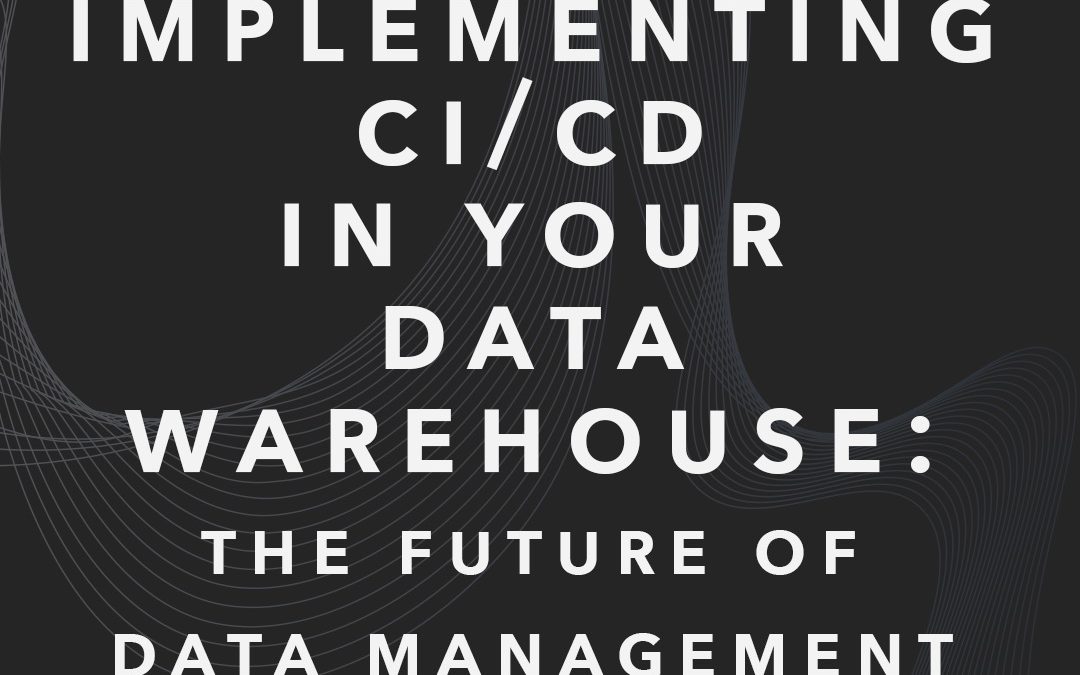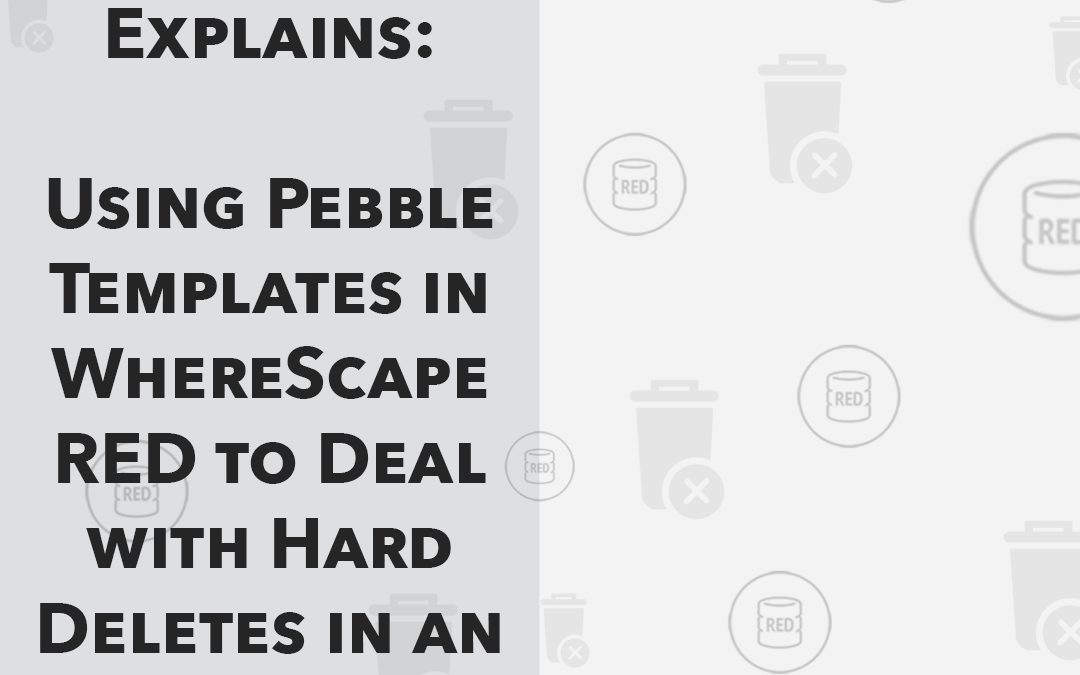The Risks of Ignoring Legacy System Modernisation
Clinging to outdated systems can be a signficant barrier to growth and innovation.
While legacy systems may seem reliable and familiar, ignoring their modernisation can expose your business to a variety of risks.
Let’s explore why modernising these systems is crucial and what dangers lie in continuing to use outdated technology.
Increasing Maintenance Costs
One of the most immediate risks of sticking with legacy systems is the escalating costs of maintenance.
As these systems age, finding parts and expertise becomes more difficult and expensive.
You might find yourself spending more money on keeping an old system running than it would cost to invest in a modern one.
Over time, this can become a significant financial drain on your business, diverting resources away from more productive investments.
Security Vulnerabilities
Legacy systems are often more vulnerable to cyber threats.
Without regular updates and support, these systems can become easy targets for hackers.
A security breach can lead to catastrophic consequences, including data loss, financial penalties, and a damaged reputation.
Modern systems come with advanced security features designed to protect against the latest threats, providing a more secure environment for your business operations.
Operational Inefficiency
Outdated technology can severely hinder your business efficiency.
Legacy systems often lack the capabilities of modern software, leading to slower processing times and frequent downtime.
This inefficiency can result in lost productivity and frustrations among employees who must work with cumbersome technology.
By modernising your systems, you can streamline operations, enhance productivity, and create a more agile business environment.
Integration Challenges
Integrating legacy systems with new technologies is often a complex and frustrating process.
These systems were not designed to work with modern software and hardware, leading to compatibility issues and data silos.
This lack of integration can result in fragmented workflows and poor communication between different parts of your business.
Modern systems, on the other hand, are built to integrate seamlessly with other technologies, facilitating better data flow and collaboration.
Lack of Support and Updates
Many legacy systems are no longer supported by their manufacturers, meaning you won’t receive any crucial updates or patches.
This lack of support can leave your business vulnerable to security threats and system failures.
Additionally, when problems arise, you may find it difficult to find experts who can troubleshoot and resolve issues.
Modern systems come with ongoing support and regular updates, ensuring that your technology remains reliable and up-to-date
Competitive Disadvantage
Staying ahead often requires leveraging the latest technology.
By clinging to outdated systems, your business risks falling behind competitors who have embraced modernisation.
These competitors can offer faster, more efficient services and adapt more quickly to market changes.
Modernising your systems can help you stay competitive, attract new customers, and retain existing ones.
Scalability Issues
Legacy systems often struggle to scale with your business.
As your company grows, you need technology that can handle increased demand and complexity.
Outdated systems may not be able to support this growth, leading to performance bottlenecks and limiting your ability to expand.
Modern systems are designed with scalability in mind, allowing your business to grow and adapt without technological constraints.
Conclusion
Ignoring the need to modernise legacy systems can expose your business to significant risks, from escalating maintenance costs and security vulnerabilities to operational inefficiency and competitive disadvantages.
Embracing modernisation is not just a technological upgrade; it’s a strategic move that can protect your business, enhance productivity, and ensure long-term success.
Ready to Protect Your Business. Schedule a Call.
Don’t let outdated technology hold you back any longer.
Schedule a consultation call and take the first step towards a more secure, efficient, and competitive future.







